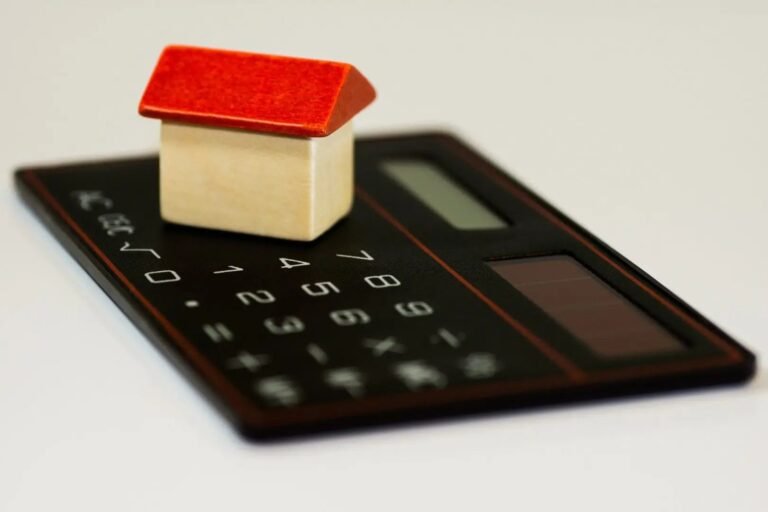Lettings Relief, formerly a valuable tax benefit for homeowners in the United Kingdom who rented out a property that was once their primary residence, underwent substantial changes in April 2020. These revisions have reshaped the landscape of tax regulations concerning property sales with a rental history.
In this article, we will explore the amended Lettings Relief, outlining eligibility criteria, calculation methods, and the impact of these recent changes on homeowners’ Capital Gains Tax (CGT) liabilities.
Eligibility for Lettings Relief
Lettings Relief is a form of tax relief that can reduce the Capital Gains Tax liability when a homeowner sells a property used both as their main residence and as a rental property.
It was introduced to relieve homeowners who rented out their properties while they were not living in them.
However, after the change brought in 2020, letting relief is only available for homeowners who live in the property and partly rent it out.
Calculating Lettings Relief

The amount of Lettings Relief is typically the lowest of the following three options:
- The amount of Private Residence Relief (PRR) you’re eligible for
- £40,000
- The same amount as the chargeable gain you receive from the letting part of the property
The relief can be quite substantial, with a maximum of £40,000 available for those who meet the criteria.
Changes to Lettings Relief in 2020
The changes to Lettings Relief in the UK, which came into effect in April 2020, effectively limit its application to situations where the property owner resides at the property concurrently with their tenant.
This means that Lettings Relief has, in practical terms, been abolished for many homeowners who previously used it as a tax benefit.
Hence, Letting Relief does not cover any proportion of the chargeable gain you make while your home is empty.
In cases where the property owner resides at the property alongside their tenant, they are likely to be entitled to Private Residence Relief (PRR) instead of Lettings Relief.
Example,
When you rent out a portion of your home, like a large bedroom constituting 10% of the total space, and later sell your property with a chargeable gain of £75,000, certain tax reliefs come into play. In this scenario, you receive Private Residence Relief for £67,500 (90% of the total gain) because 10% of your home was let out.
Additionally, you are entitled to Letting Relief for the remaining gain of £7,500, which corresponds to the portion of the rented property. The combined effect of these reliefs means you would not have to pay any tax on the gain from the sale of your property.
Learn how Rent a Room Relief can boost your income. Explore our article “Rent a Room Relief in the UK” for expert advice and practical tips.
Summary
In conclusion, the changes to Lettings Relief in the UK, which came into effect in April 2020, mark a substantial shift in the tax landscape for homeowners who rent out their properties. With Lettings Relief now exclusively applicable when the property owner resides at the property alongside their tenant, it has, for practical purposes, been abolished for many property owners.
Seeking professional tax advice is advisable to navigate these changes and ensure compliance with the latest tax regulations in the UK.
We are dedicated to solve your queries.
Contact us for assistance at any stage of your journey.









